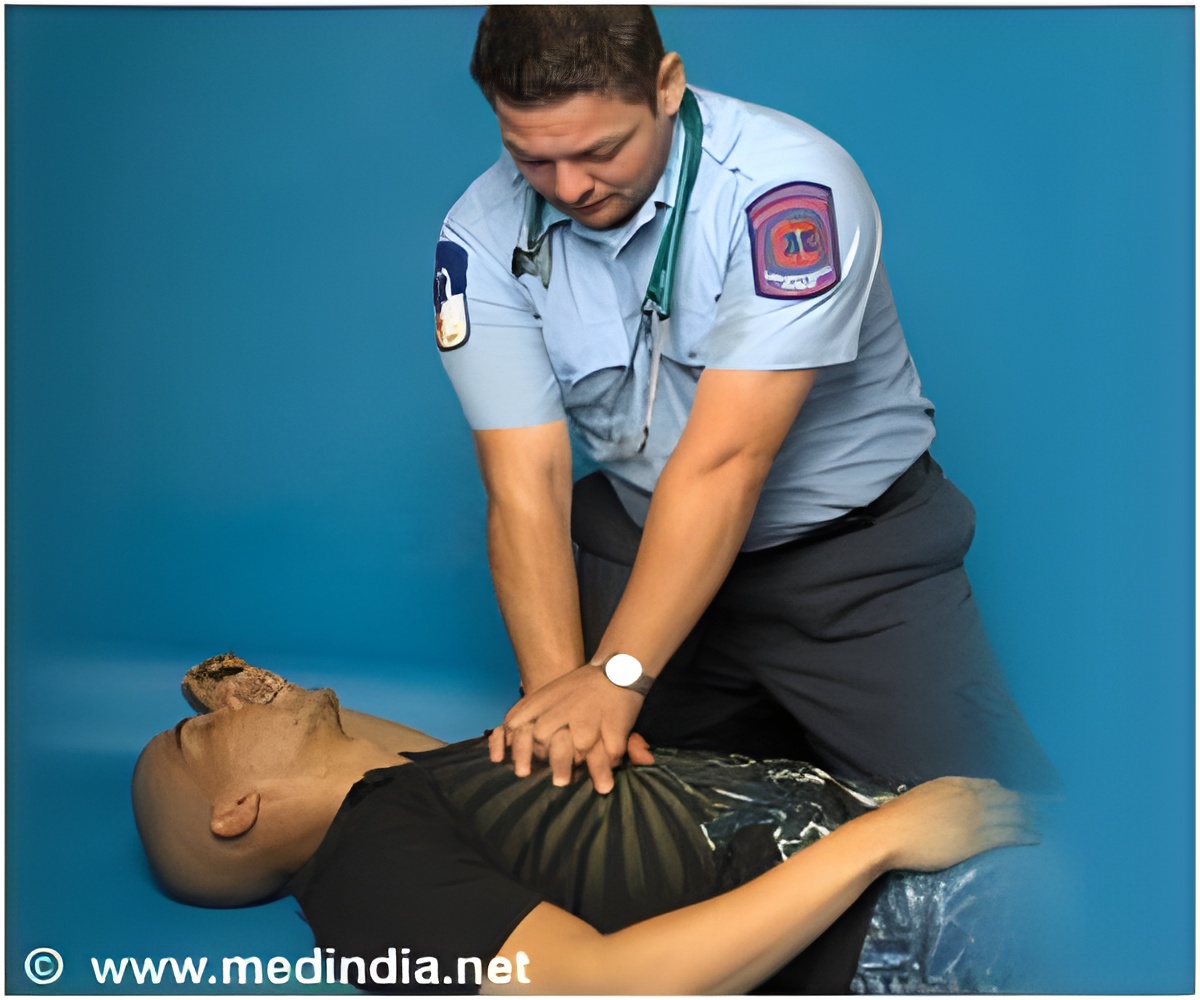Survival rate improves after North Carolina implemented public health initiatives to train public in use of CPR and defibrillators.

‘Training general public in CPR and use of automated external defibrillators (AEDs), teaching first responders about team-based CPR, and instructing dispatch centers on recognition of cardiac arrest has greatly improved survival rates.’





Almost 400,000 Americans experience out-of-hospital cardiac arrest (OHCA) annually, but less than 10 percent of them survive to hospital discharge. Although up to 80 percent of all OHCAs occur at home, those who experience an at-home OHCA have a 4 to 5 times lower chance of survival vs those who experience an OHCA in public locations. Little is known about the influence of public health initiatives to improve bystander and first-responder resuscitation efforts in patients who experience at-home cardiac arrest. The Study
Christopher B. Fordyce, M.D., M.H.S., M.Sc., of the University of British Columbia, Vancouver, and colleagues conducted a study that included 8,269 patients with OHCAs (68 percent at home and 32 percent in public) for whom resuscitation was attempted. The authors used data from the Cardiac Arrest Registry to Enhance Survival from January 2010 through December 2014. The setting was 16 counties in North Carolina. In 2010, North Carolina implemented public health initiatives to improve bystander and first-responder interventions by training members of the general population in cardiopulmonary resuscitation (CPR) and in the use of automated external defibrillators (AEDs), teaching first responders about team-based CPR, and instructing dispatch centers on recognition of cardiac arrest.
Study Findings
The researchers found that after the comprehensive public health initiatives, the proportion of patients receiving bystander CPR increased at home (from 28 percent to 41 percent) and in public (from 61 percent to 71 percent), while first-responder defibrillation increased at home (from 42 percent to 51 percent) but not significantly in public (from 33 percent to 38 percent). Survival to discharge improved for arrests at home and in public.
Advertisement
The study notes some limitations, including that this was an observational study for which unmeasured or unmeasurable confounders could explain improved temporal outcomes independent of public health initiatives.
Advertisement
Source-Eurekalert









